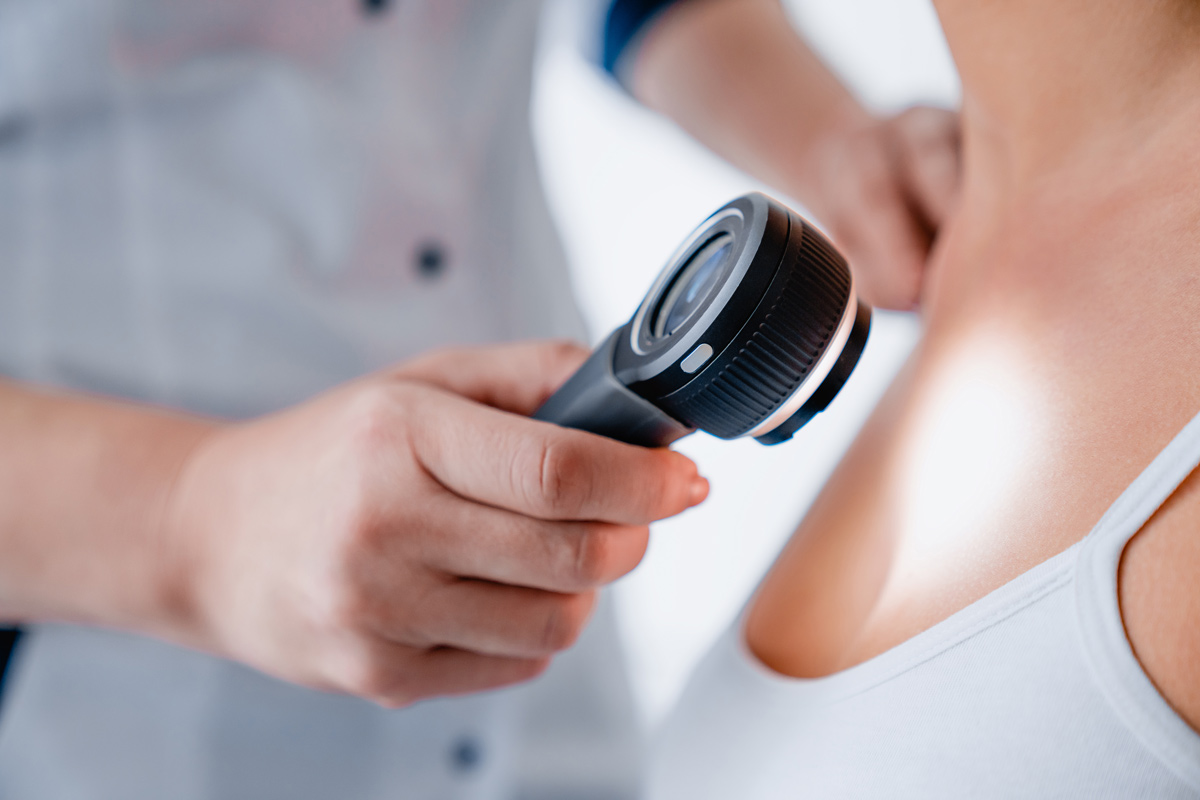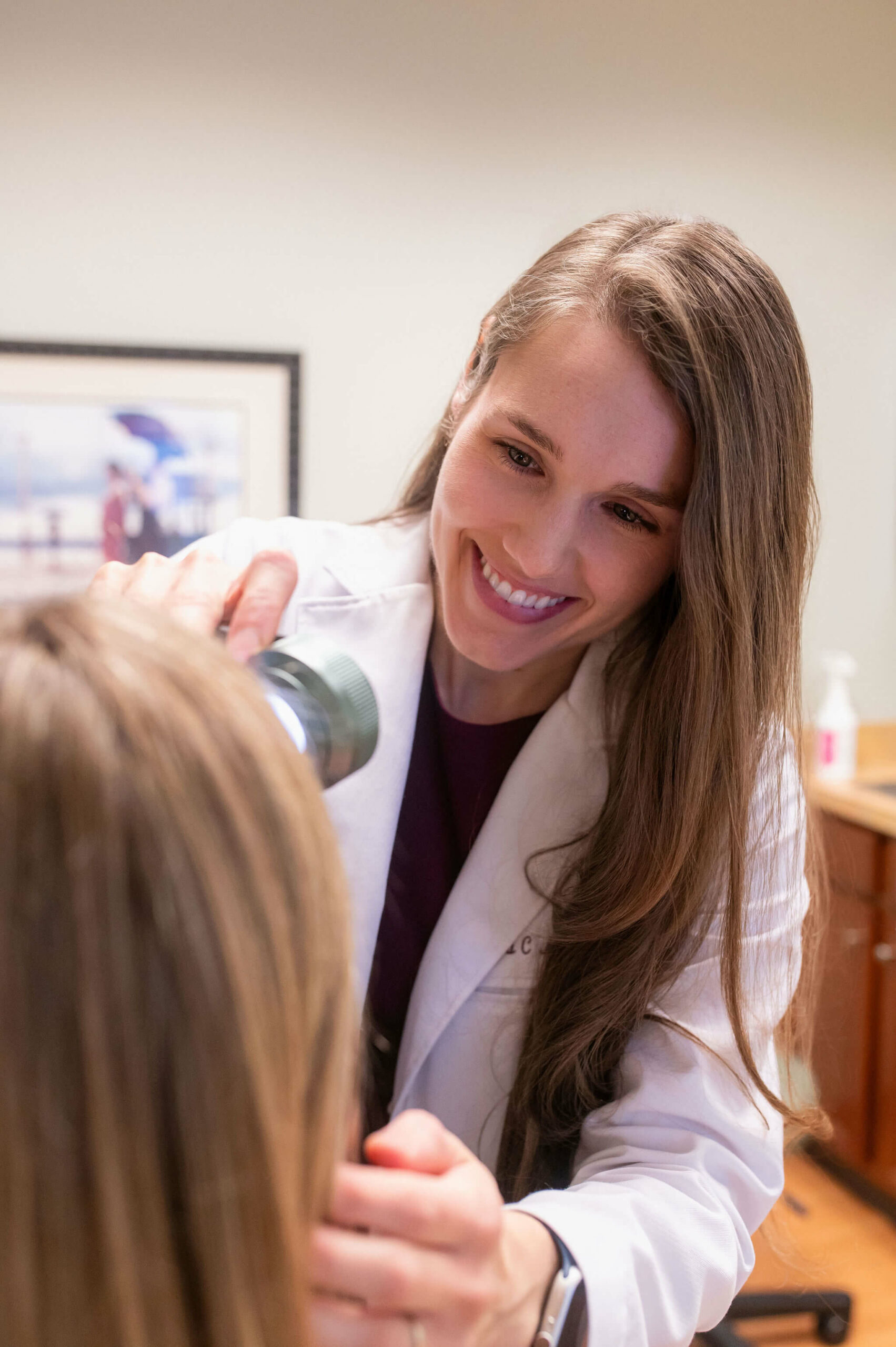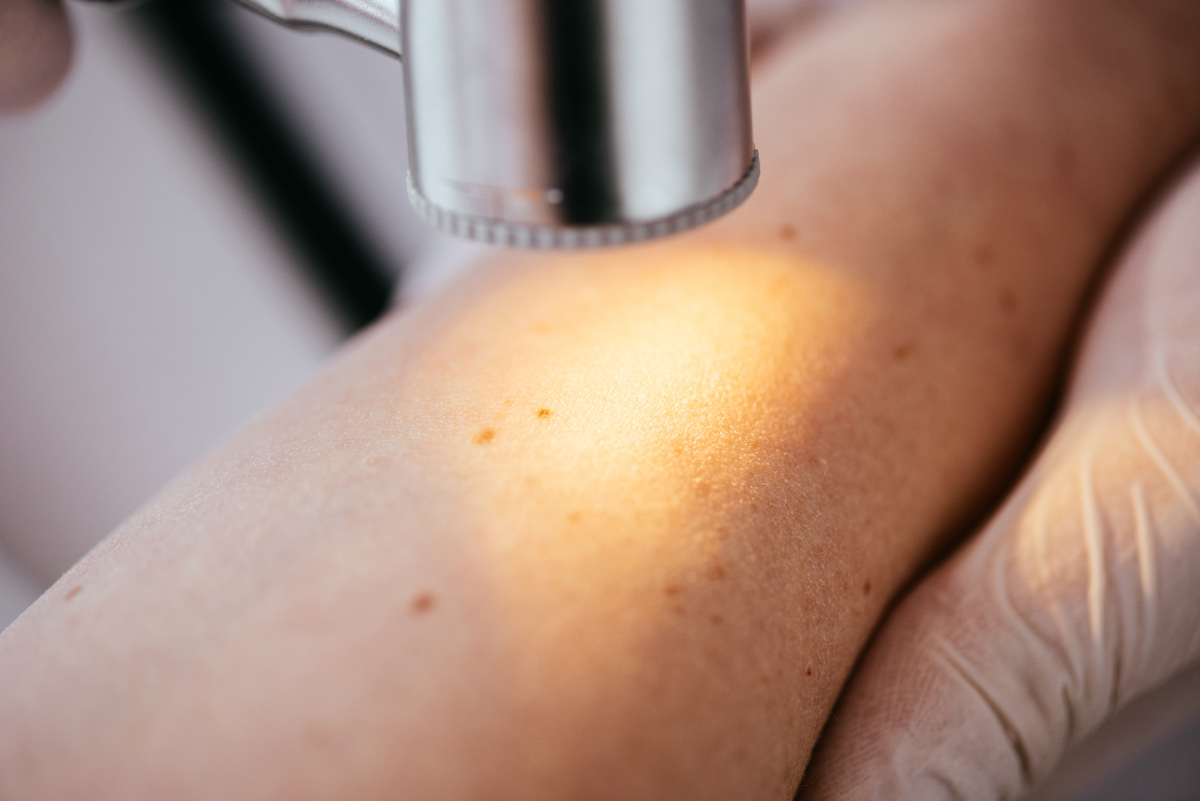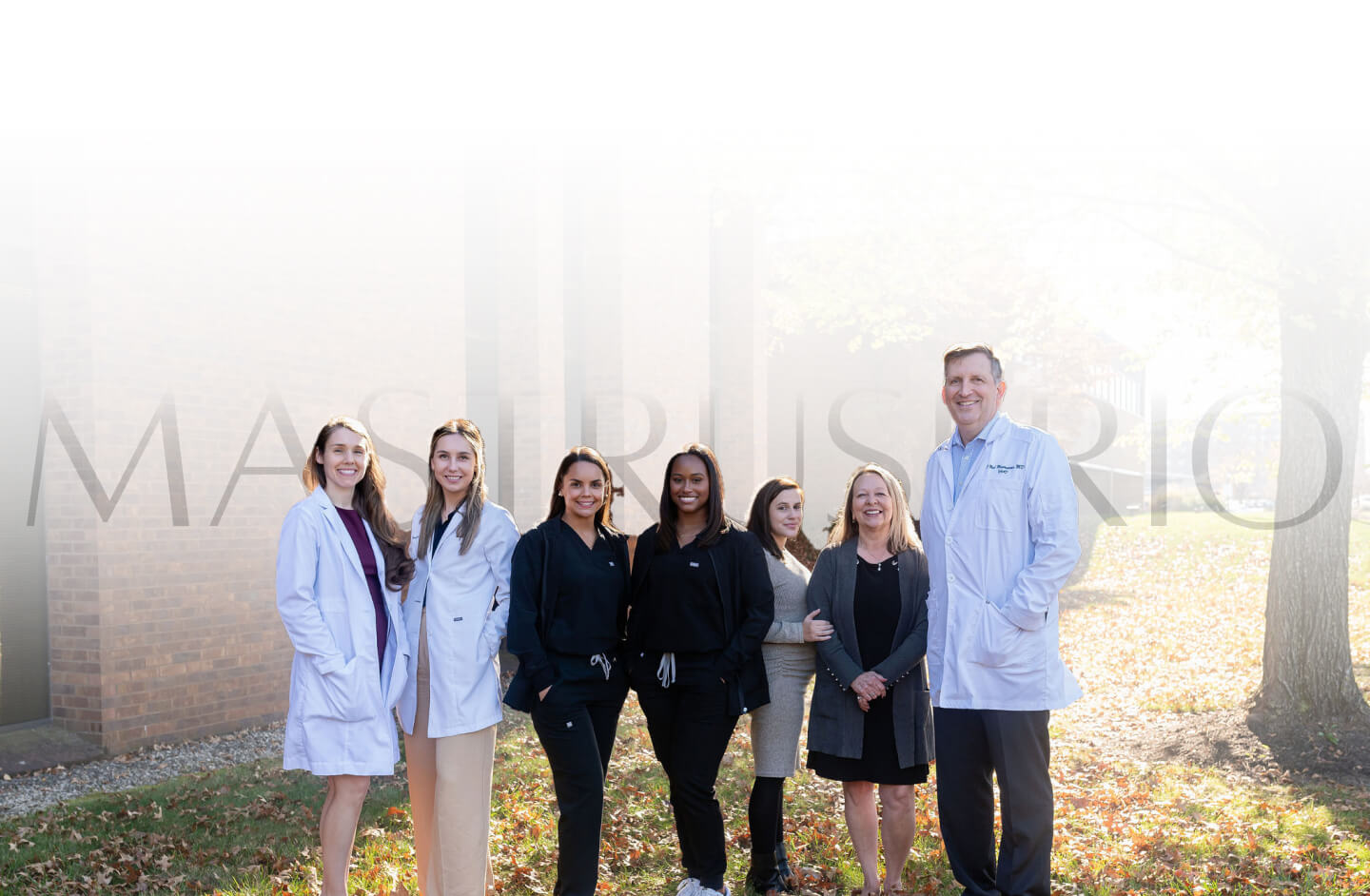
Advanced Skin Cancer Surgery in Upper Arlington
At Dr. D. Neal Mastruserio Dermatology, we offer expert skin cancer surgery in Upper Arlington, OH, to remove cancerous lesions effectively while preserving healthy tissue. Skin cancer is the most common type of cancer, affecting millions of people annually. Our personalized approach focuses on providing expert care, from diagnosis through treatment, tailored to your unique needs. Whether addressing basal cell carcinoma, squamous cell carcinoma, or melanoma, we prioritize effective results and your overall well-being.

Types of Skin Cancer Surgery
Dr. Mastruserio offers advanced surgical options tailored to each patient’s diagnosis and needs. Common procedures include:
Excisional Surgery
The cancerous lesion and a margin of surrounding healthy tissue are removed. This is the standard approach for most skin cancers.
Shave Excision
For superficial cancers, the lesion is shaved off the skin’s surface.
Electrosurgery (Curettage and Electrodesiccation)
A technique used for smaller, less invasive cancers, involving scraping away the lesion and cauterizing the area.
Dr. Mastruserio will discuss the best surgical option based on the type, size, and location of the cancer.
Why Is Skin Cancer Surgery Necessary?
Surgical removal is often the most effective treatment when diagnosed with skin cancer. Surgery not only removes the visible lesion but also ensures that all cancerous cells are eliminated to reduce the risk of recurrence.
Common types of skin cancer treated with surgery include:
Basal Cell Carcinoma (BCC)
The most common and least aggressive type of skin cancer.
Squamous Cell Carcinoma (SCC)
A more aggressive form that can spread to other areas if left untreated.
Melanoma
The most dangerous type of skin cancer, requiring prompt and precise treatment.
What to Expect During Skin Cancer Surgery
Step 1: Comprehensive Consultation
Your journey begins with a detailed consultation, during which Dr. Mastruserio evaluates your skin cancer and explains the surgical procedure. This is an opportunity to address any concerns and ensure you feel fully informed and confident about your treatment.
Step 2: Local Anesthesia
To ensure your comfort, the procedure is performed under local anesthesia, numbing the area around the affected skin while keeping you fully at ease throughout the surgery.
Step 3: Precise Removal
Dr. Mastruserio uses advanced surgical techniques to carefully remove the cancerous tissue. The focus is on eliminating all affected cells while preserving as much healthy skin as possible for optimal results.
Step 4: Pathology Testing
The removed tissue may be sent to a laboratory for pathology testing to confirm that all cancer cells have been successfully eliminated. This ensures the most effective outcome and reduces the risk of recurrence.
Post-Surgery Care and Recovery
After surgery, Dr. Mastruserio provides detailed aftercare instructions to promote healing and reduce the risk of complications. Depending on the procedure, you may experience mild discomfort, swelling, or scarring, all of which can be managed with proper care.
Follow-up appointments will be scheduled to monitor your recovery and ensure the cancer does not recur.
Actinic Keratosis: Addressing Pre-Cancerous Skin
Actinic keratosis (AK) is a common pre-cancerous condition caused by prolonged sun exposure. These rough, scaly patches can develop into squamous cell carcinoma if left untreated.
Dr. Mastruserio offers treatments to address actinic keratosis, including:
- Cryotherapy: Freezing the lesion with liquid nitrogen to destroy abnormal cells.
- Topical Treatments: Prescription creams or gels to treat the area.
- Photodynamic Therapy (PDT): A combination of light and medication to target pre-cancerous cells.
By treating actinic keratosis early, we can significantly reduce the risk of progression to skin cancer.



